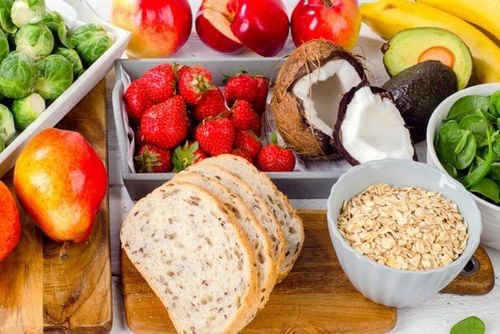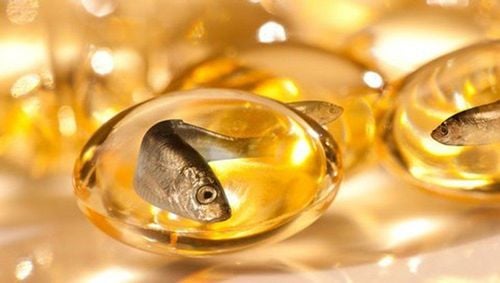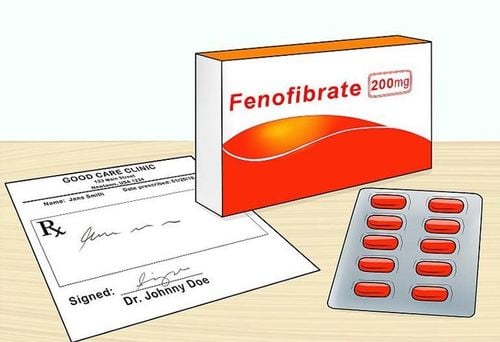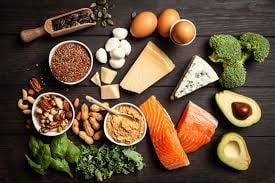This is an automatically translated article.
Fat was once considered a bad substance in nutrition, it is necessary to limit or avoid fat in food to prevent weight gain and health problems such as heart disease and diabetes. However, not all fats are unhealthy.
1. The function of fat
Fats have many important functions in the body, including:Provide energy Keep the body warm Build cells Protect internal organs Help the body absorb vitamins from food Produce hormones that help the body Not all fats are bad for your health, it's important to have the right balance of fats and nutrients in your daily diet.
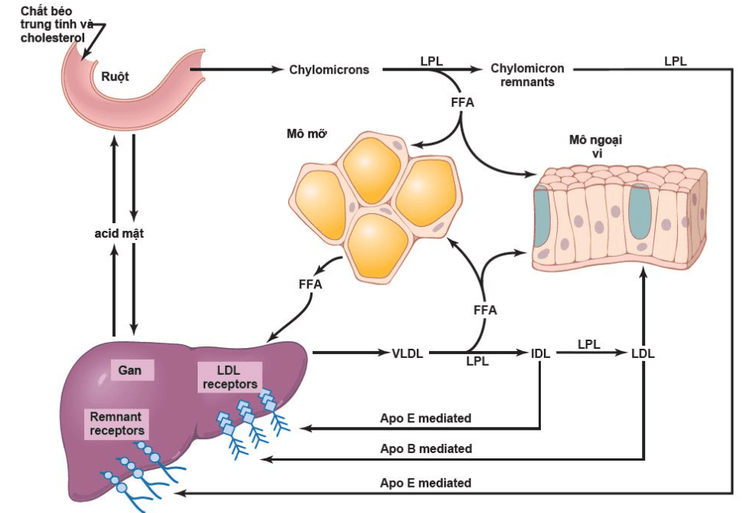
Sơ đồ chuyển hoá và hấp thu chất béo
2. The difference between saturated and unsaturated fats
Dietary fats can be healthy or harmful:
Unsaturated fats are healthy fats. Saturated and trans fats are generally not good for health. The difference between fats lies in their chemical structure. All fats are made up of a chain of carbon atoms linked together or bonded to hydrogen atoms.
In saturated fats, the carbon atoms are completely covered, or "saturated" with hydrogen atoms. This makes them solid at room temperature. While unsaturated fats have few hydrogen atoms bonded to carbon atoms, this results in fats being liquid at room temperature.
2.1 Saturated Fat Diets high in saturated fat can raise total cholesterol and raise harmful LDL cholesterol, causing blockages to form in the arteries in the heart and elsewhere in the body. LDL cholesterol increases the risk of heart disease.
You will find foods containing saturated fat in the following foods:
Red meats: Beef, lamb, pork
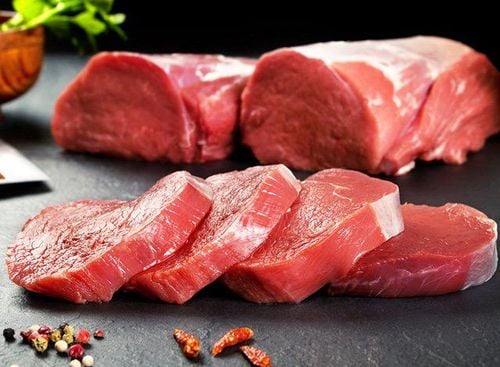
Thịt đỏ chứa lượng lớn chất béo bão hòa
Chicken and other poultry Whole milk products such as milk, cheese and cream Butters Eggs Palm and coconut oils Currently, there is some controversy in the medical community about the quality saturated fat. Some studies have found no evidence that these fats directly contribute to heart disease. And some types of saturated fat, like dairy, may be healthier than others, such as red meat. The American Heart Association (AHA) recommends it. should consume no more than 5% or 6% of daily calories from saturated fat. So if you're consuming 2,000 calories per day, limit saturated fat to 120 calories or 13 grams of saturated fat per day.
2.2 Trans Fats Small amounts of trans fats are found in naturally occurring foods of animal origin such as meat and dairy. But most trans fats are found in industrial processes. Trans fats help preserve foods longer and make them tastier and easier to shape. You can find trans fats in the following foods. here:
French fries and other fried foods. Muffins, pies, crackers, donuts and other baked goods Margarine.
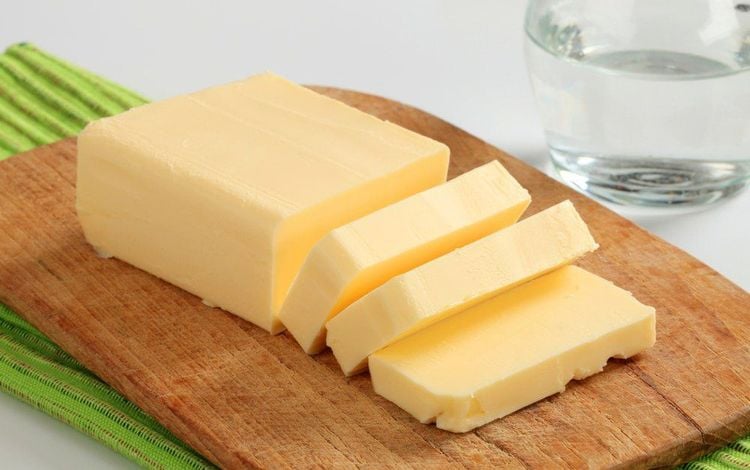
Chất béo Trans được tìm thấy trong bơ thực vật
Microwave Popcorn Frozen pizza Trans fats may be delicious, but they're not healthy. This type of unhealthy fat raises LDL cholesterol levels leading to an increased risk of heart disease, stroke and type 2 diabetes, and lowers "good" HDL cholesterol. The American Heart Association recommends that people eat no more than 1% of their daily calories from trans fats.
2.3 Unsaturated Fats Unsaturated fats come mainly from vegetables, nuts, and fish. They are liquid at room temperature. Because these fats are good for the heart and the rest of the body, experts recommend eating unsaturated fats in place of saturated and trans fats.
Unsaturated fats come in two forms:
2.3.1 Monounsaturated fats Monounsaturated fats have one unsaturated chemical bond. For example, oils are monounsaturated fats so they are liquid at room temperature, but they turn solid when cooled. You'll find monounsaturated fats in foods like these:
Avocados Olive, canola and peanut oils Almonds, hazelnuts, pecans and other nuts

Chất béo không bão hòa đơn được tìm thấy trong dầu ô liu
2.3.2 Polyunsaturated fats Polyunsaturated fats have many unsaturated chemical bonds. Polyunsaturated oils are liquid at both room temperature and in the refrigerator. You'll find polyunsaturated fats in foods like these:
Flaxseeds, corn, soybeans and sunflower oils Walnuts Salmon, tuna and other fatty fish Two types of fat no polyunsaturated: omega-3 and omega-6 fatty acids. Omega-3 fatty acids come in three forms: Eicosapentaenoic acid (EPA) - found mainly in fish Docosahexaenoic acid (DHA) - also found mainly in fish Alpha-linolenic acid (ALA) - from plant sources such as peas, vegetable oils and nuts. Many studies show that taking omega-3 fatty acids reduces the risk of cardiovascular disease. These essential fats cannot be produced on their own so you should eat a variety of fish such as salmon, mackerel and herring at least twice a week.
Omega-6 fatty acids are found in foods like green vegetables, nuts, seeds and vegetable oils.
The American Heart Association recommends that people get about 5% to 10% of their daily calories from omega-6 fatty acids.
Any questions that need to be answered by a specialist. You can contact Vinmec Health System nationwide or register online HERE.




